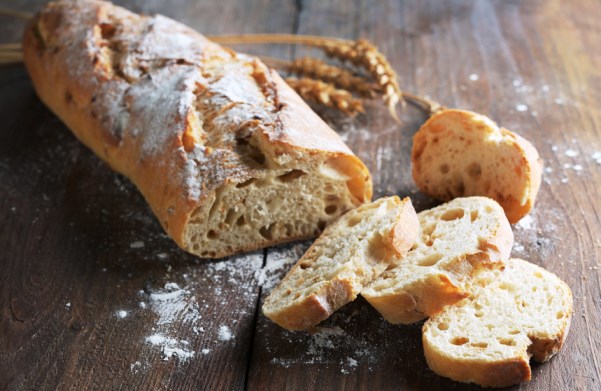Ah, Bastille Day – I’d say something about it in French but my French is lousy. So rather than subject us all to that, let’s celebrate it by looking at a few French moments and highlights in culinary history.

Rich in dukes and cardinals – but also rich in culinary trivia.
Imagine it. It is 1637. Cardinal Richelieu, for reasons known only to himself – maybe his own safety (he wasn’t universally popular) or maybe he was put off his dinner watching people pick their teeth with pointy ends – suddenly orders the blades of his dinnerware to be ground down and rounded off.
Behold, the modern dinner knife was born.
Of course, the French created the whole classification of sauces thing.
And in my “Saucy Month of March” post, I go into how Antonin Careme categorized hundreds of sauces into 4 broad types and how Auguste Escoffier had to get his fingerprints all over it later on – which is how we ended up with the 5 categories used today.
- Sauce Béchamel (white)
- Sauce Espagnole (brown)
- Sauce Velouté (blonde)
- Sauce Hollandaise (butter)
- Sauce Tomate (red)
For more on that, pop over nad read the post.
Speaking of sauces, if you’re a fan of mayonnaise – you have another Richelieu to thank.
I go into more depth on this most popular of condiments in The Myths and Making of Mayonnaise but here is the key bit for our French theme today:

No one really knows what the true origins of mayo actually are but the most commonly accepted and reasonable sounding explanation is that is was created to celebrate the capture of Mahon by the Duke of Richelieu in 1756. That would be Louis François Armand du Plessis, not his great-uncle Cardinal Richelieu (above). Again, it’s worth popping over to the Mayo post for more info on this murky mayo story.
And lastly, the things we think of as quintessentially French? Some not so much.
We’ll move quickly over the fact that croissants are actually Austrian – (shhhhhhhh).
The macaron is also, of course, considered to be iconically French but like the croissant, not as wholly French as you think. It’s an ‘immigrant confection’ of sorts, having been brought to France from Italy in 1533 when Catherine de’ Medici brought (in addition to massive amounts of luggage) her own pastry chefs in preparation for marrying Henry II of France.

In the ‘definitely French’ column, the first mention of edible ice cream cones appeared in French cooking books as early as 1825. And French bread.

So go on, get out there and celebrate Bastille Day by storming the food counters at your local bakery or deli. Enjoy!

1 thought on “Crafty Cardinal Creates Cutlery”